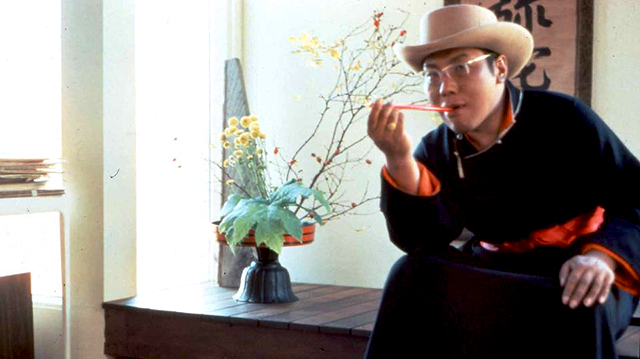“Speleo-Archaeologists” Update Map Of Roman Aqueducts

What’s the Latest Development?
A group of speleologists is on a “speleo-archaeological” mission to map the 11 aqueducts that supplied ancient Rome with fresh water for up to a million citizens and that still exist in above-ground viaducts and in hundreds of miles’ worth of underground tunnels. With the help of some 21st-century technology, including GPS and remote-control robots, the members of Sotterranei di Roma (Underground Rome) plan to provide a thorough and extensive update of the last known map, which was produced by British archaeologist Thomas Ashby at the beginning of the 20th century.
What’s the Big Idea?
The Roman aqueduct system is still considered to be one of the greatest engineering feats of the ancient world, bringing water to nearly the whole of the Roman Empire. Of the aqueducts that supplied the capital itself, only one, the Acqua Vergine, is still in use today, and has as one of its termination points the Trevi Fountain. Underground Rome member Riccardo Paolucci points out that, because of the aqueducts, the city’s residents were able to practice safe hygiene, and suffered very few epidemics as a result. “We are who we are because of what we have inside and Rome is what it is because of what is underneath it,” he says.
Photo Credit: Shutterstock.com





